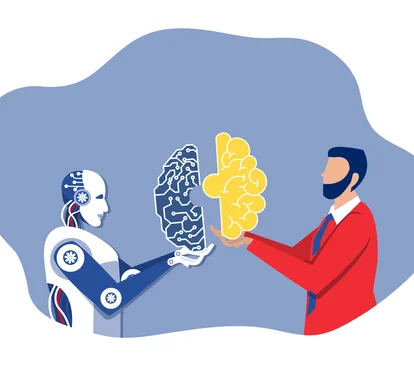category IV: AI as a helper in the background
- coordinating tasks: AI can coordinate work, track deadlines, and monitor project progress.
- searching for information: AI can quickly and efficiently retrieve information and present relevant results, saving time on research.
- building systems: AI can assist in developing complex systems, such as automated processes, advanced calculations, or predictive models.
category V: AI as a frontline helper
- conducting analysis: AI can analyze large datasets and identify patterns or trends that may be difficult for humans to detect.
- diagnosing conditions: In healthcare, AI can assist in diagnosing conditions by analyzing figures and images or by suggesting underlying problems.
- writing action plans: AI can help draft action plans by collecting and structuring input from team members.
category VI: AI as a policymaker
- developing plans: AI can propose creative solutions and strategies based on data analysis. It can also simulate scenarios to determine the best approach.
- supporting policy decisions: AI can provide advice based on data and past experiences, helping to develop policies and conduct scenario analyses.
- connecting interests: AI can help identify shared goals and facilitate collaboration.
As you’ve read, AI is incredibly versatile and can take on different roles depending on the context and the specific tasks it performs. It can function as a powerful tool that enhances our capabilities, an assistant that supports us in various tasks, and a digital colleague that collaborates with human coworkers. In many cases, AI will likely play a combination of these roles, making it an indispensable partner in both our personal and professional lives.


